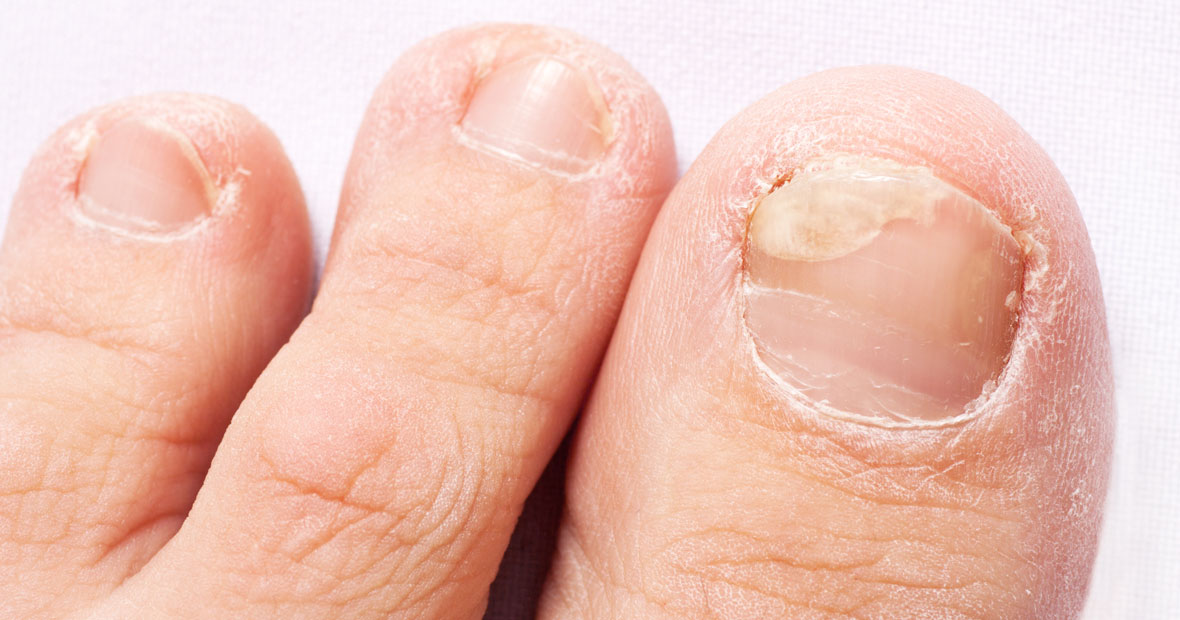
As age advances, susceptibility to various health concerns, including fungal nail infections or onychomycosis, tends to increase. This phenomenon especially impacts older adults due to several risk factors unique to this demographic. This piece delves into these factors, comparing various treatments ranging from topical antifungals like Excilor to oral medications. Further, the pros, cons, efficacy, and safety considerations of these treatments for elderly patients will be discussed. Additionally, an overview of innovative treatments and emerging research in onychomycosis care will be provided. Lastly, the article will offer preventative measures and nail care tips tailored for older adults.
Identifying risk factors for onychomycosis in the elderly
As the population ages, the prevalence of onychomycosis, a fungal infection affecting toenails, has seen a significant rise. The elderly demographic is commonly subjected to this condition due to various factors. One of the primary reasons is the reduction of blood circulation that naturally occurs with age, impacting the overall health of the nails. As a result, the toenails may become an easy target for fungal organisms, leading to subungual infections.
Moreover, the immune system’s weakening in older adults makes them more susceptible to fungal infections. This susceptibility is further heightened in the presence of chronic illnesses like diabetes, which is known to increase the risk of onychomycosis. The structural changes in toenails that come with age, such as thickening, provide an environment conducive to fungal growth, making the elderly more prone to this condition.
Mismanaged foot hygiene practices and inappropriate footwear choices among the elderly population contribute to the fungal proliferation. Additionally, the prolonged use of certain medications might compromise the skin barrier, providing an opening for fungal infections in the toenails. Consequently, understanding these risk factors is paramount to managing and preventing onychomycosis among older adults.
Comparing treatment options: from topical antifungals to oral medications
Understanding the pros and cons of various treatment options for fungal nail infections is vital, especially for older adults who are more susceptible to this disease. Topical treatments have been studied extensively and their effectiveness against nail fungus infections is backed by numerous clinical studies. These treatments, however, come with their own set of challenges. For instance, the duration of therapy required to completely cure the infection can be extensive, and the rate of complete recovery varies. and have proven to be invaluable platforms for keeping up-to-date with these studies.
Topical treatments : pros and cons for elderly patients
Elderly patients have unique health conditions that can influence the treatment choice. One commonly used antifungal medication is terbinafine. The oral use of terbinafine has its advantages and limitations in treating nail fungal infections in older patients. While it is generally effective, the patient’s health conditions and age can impact its efficacy.
Oral antifungal therapy : efficacy and safety considerations
Choosing between oral and topical therapies involves considering the cure rate and the duration of treatment necessary for a complete cure. Both options have their strengths and weaknesses, and the choice often depends on the patient’s health status and the specifics of their condition.
Innovative treatments and emerging research in onychomycosis care
Recent innovations in antifungal treatments have spurred a series of case studies and clinical advances. The incorporation of these advances into routine clinical practice has the potential to revolutionize the treatment landscape for fungal nail infections.
Preventative measures and nail care tips for older adults
Understanding the necessity of daily foot and nail hygiene can significantly reduce the susceptibility to fungal infections, especially amongst older adults. Proper nail care entails the use of specially formulated products, suitable for the sensitive skin and nails often seen in the aging population. Further, the choice of footwear and socks plays a significant role in keeping feet dry and lowering the risk of tinea, a prevalent foot infection caused by various species of fungi. In fact, the white, flaky appearance that characterizes tinea is a common indicator of fungal nail infections.
Adopting safe nail trimming techniques is another crucial factor in preventing injuries and subsequent infections. Regular appointments with a podiatrist enable early diagnosis and treatment of these infections, enhancing the overall foot health of older adults. Beyond external care, maintaining good blood supply to feet and nails through appropriate exercises and a healthy diet is a fundamental aspect of preventative measures. All these factors combined offer a comprehensive approach to nail care for older adults, helping them stave off infections and live healthier lives. and offer in-depth information on this subject, providing valuable resources for further understanding and management.